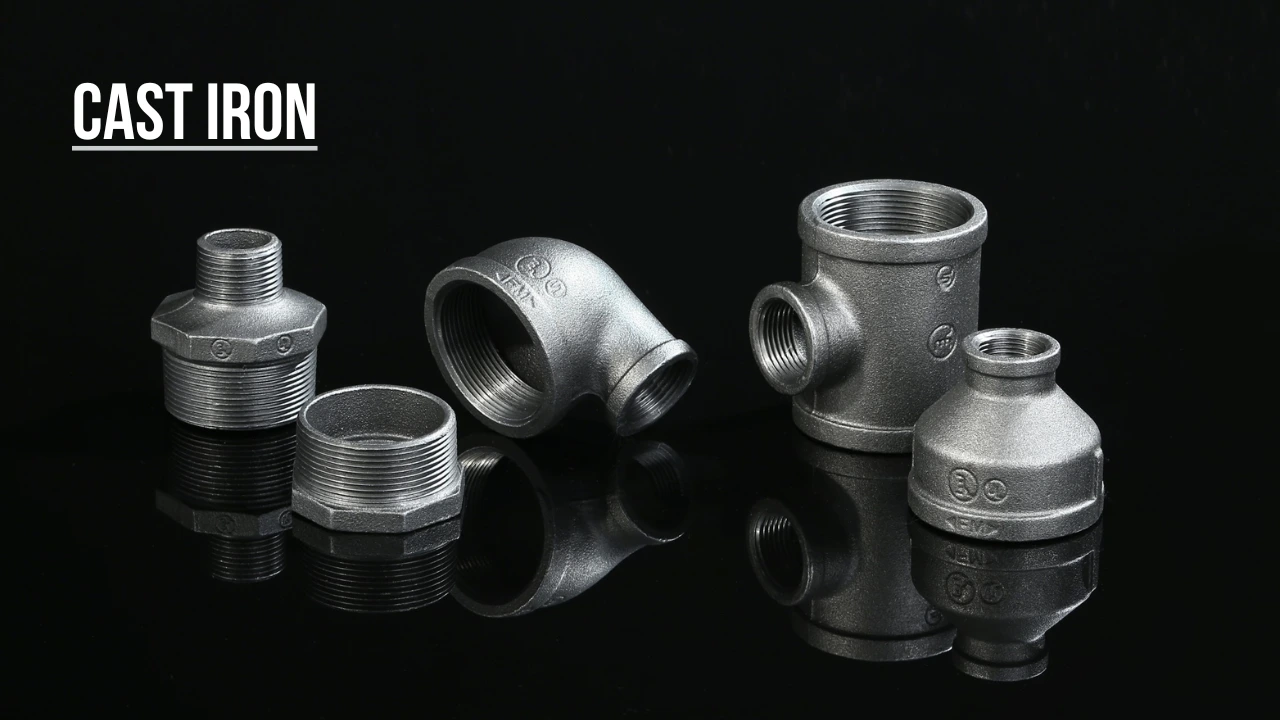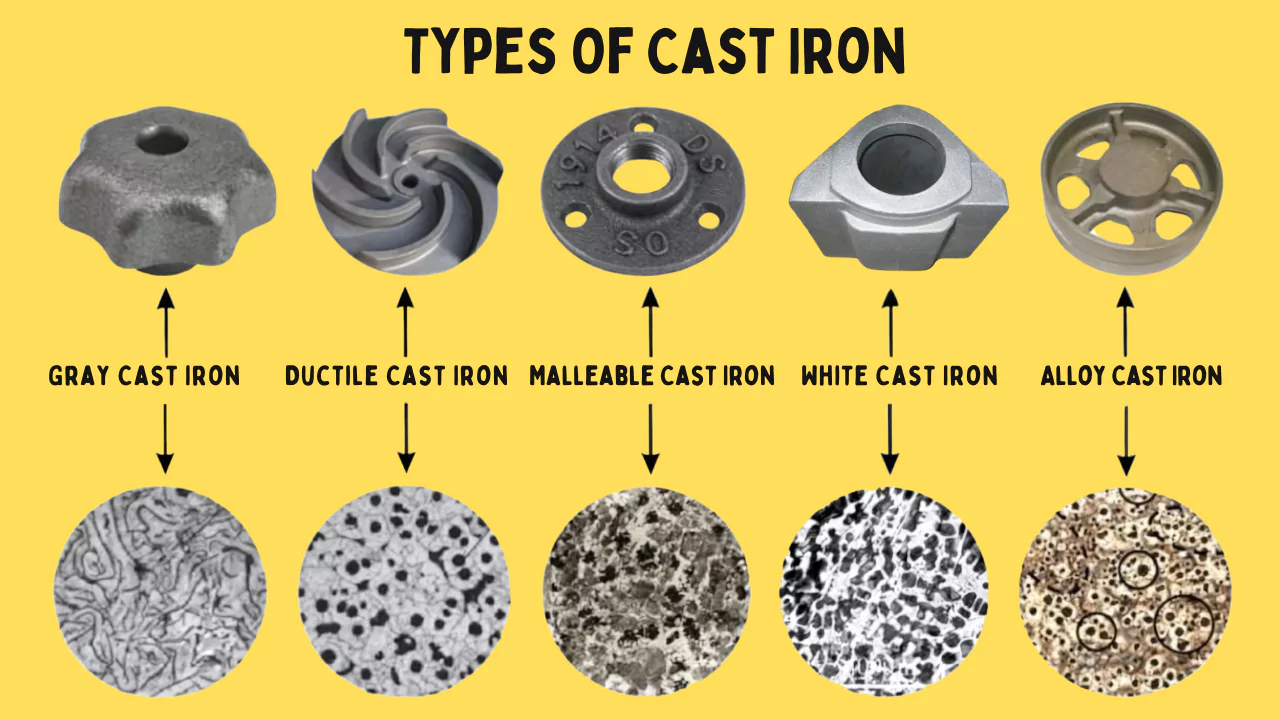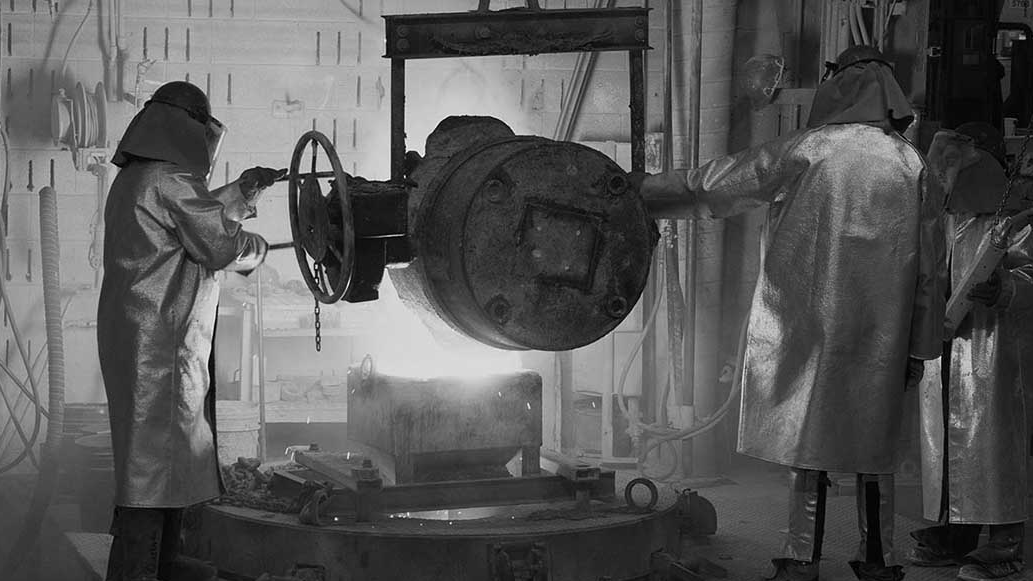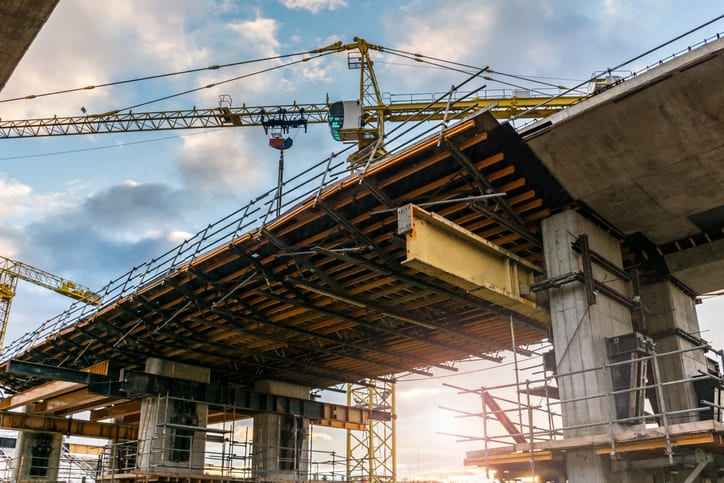How is Cast Iron manufactured?
2024-12-06 13:55:15 hits:0

Cast iron is one of the most important metals in human history, known for its high strength, low cost, and ease of processing. It is widely used in construction, machinery, automobiles, and other fields. However, for most people, the process of making cast iron might not be familiar. So, how does cast iron go from raw materials to the products we use in our daily lives? This article will reveal the mysterious process of making cast iron.
What is Cast Iron?
Cast iron is an iron-carbon alloy with a higher carbon content (typically between 2% and 4%). Based on the form in which carbon exists, cast iron can be classified into several types:
- Gray Cast Iron: Carbon exists in the form of flake graphite, offering excellent damping and wear resistance, commonly used for engine blocks and machine tool beds.
- Ductile (Nodular) Cast Iron: Carbon is present in the form of spheroidal graphite, which provides higher strength and toughness, typically used for pipes and load-bearing parts.
- White Cast Iron: Carbon is present mainly in carbide form, offering high hardness but brittleness, often used for wear-resistant parts.
- Malleable Cast Iron: By heat treating white cast iron, the carbon is transformed into granular graphite, improving ductility.
Each type of cast iron has different properties and uses, but the core manufacturing process is similar for all.

The Process of Making Cast Iron
1.Preparation of Raw Materials
The production of cast iron starts with high-quality raw materials:- Iron Ore: The primary source of iron, often used in conjunction with coke.
- Coke: A carbon-rich material used as a reducing agent and fuel to provide heat for the furnace.
- Flux: Typically limestone, used to remove impurities from iron ore.
- Scrap Steel and Return Iron: These help regulate carbon content and reduce waste.
2.Blast Furnace Ironmaking
The blast furnace is where cast iron is initially produced. Its main role is to extract molten iron from iron ore:- Iron ore and coke are added in layers into the furnace, and high-temperature reactions reduce the iron ore's iron oxides to molten iron.
- Slag, which contains impurities and is formed from the reaction with flux, is separated.
- The resulting molten iron, or pig iron, is high in carbon and brittle, forming the base material for cast iron.
3.Melting and Composition Adjustment
Pig iron undergoes secondary melting to refine its chemical composition and physical properties:- Equipment: Electric furnaces or cupola furnaces are commonly used.
- Process:
Scrap steel, alloying elements (such as nickel, chromium, manganese), and de-sulfurizing agents are added as needed.
By carefully controlling the temperature and time of melting, the composition of the cast iron is homogenized.
4.Casting
The molten iron is poured into pre-prepared molds to form cast parts. The type of mold and process directly impacts the quality of the castings:- Sand Casting: The most common method, suitable for most cast iron parts.
- Metal Molding: Used for parts that require higher precision and surface finish.
- Continuous or Centrifugal Casting: Used for specific shapes, such as cast iron pipes
5.Cooling and Solidification
The cooling and solidification process of cast iron determines its final properties:
- Cooling Rate Control: Rapid cooling leads to white cast iron, while slow cooling encourages the formation of gray cast iron.
- Microstructure Optimization: By adjusting the cooling conditions, the shape and distribution of graphite in the cast iron can be controlled.
6.Post-Processing and Machining
The cooled castings undergo further processing to enhance quality and make them suitable for their intended use:- Cleaning: Removal of sand cores, oxide layers, and residual materials.
- Machining: Parts are drilled, cut, and precisely processed to meet design specifications.
- Heat Treatment: Applied to enhance specific properties, such as toughness or hardness.
The History and Modern Manufacturing Technology of Cast Iron
The use of cast iron dates back to ancient China and played a key role in the Industrial Revolution as an essential material for mechanized production. Today, the process of making cast iron has become much more precise and efficient. Modern advancements include:
- Automated Production Lines: Significantly improve production efficiency and reduce human intervention.
- Smart Monitoring Systems: Real-time detection of molten metal composition and temperature ensures casting quality.
- Eco-friendly Practices: Reduced energy consumption and pollution, supporting sustainable development.

Applications of Cast Iron
Cast iron plays an irreplaceable role in many fields:
- Construction and Infrastructure: Used for drainage pipes, bridge components, and other structural parts.
- Machinery Manufacturing: Commonly used for machine tool beds, gearbox housings, etc.
- Transportation: Found in engine blocks, brake discs, and other automotive components.
- Household Goods: Classic cast iron cookware, such as frying pans and Dutch ovens.

The production of cast iron is a process that combines science, technology, and experience, with every step being critical to its success. From selecting raw materials to producing final products, the process reflects the evolution of industrial techniques. Understanding how cast iron is made offers a fascinating glimpse into both historical and modern manufacturing. If you're curious about the production process or the scientific principles behind it, exploring the art and science of cast iron production is an exciting journey!

 en
en  fra
fra  de
de  ru
ru  gle
gle  th
th  ara
ara  it
it  jp
jp  kor
kor  zh
zh 


